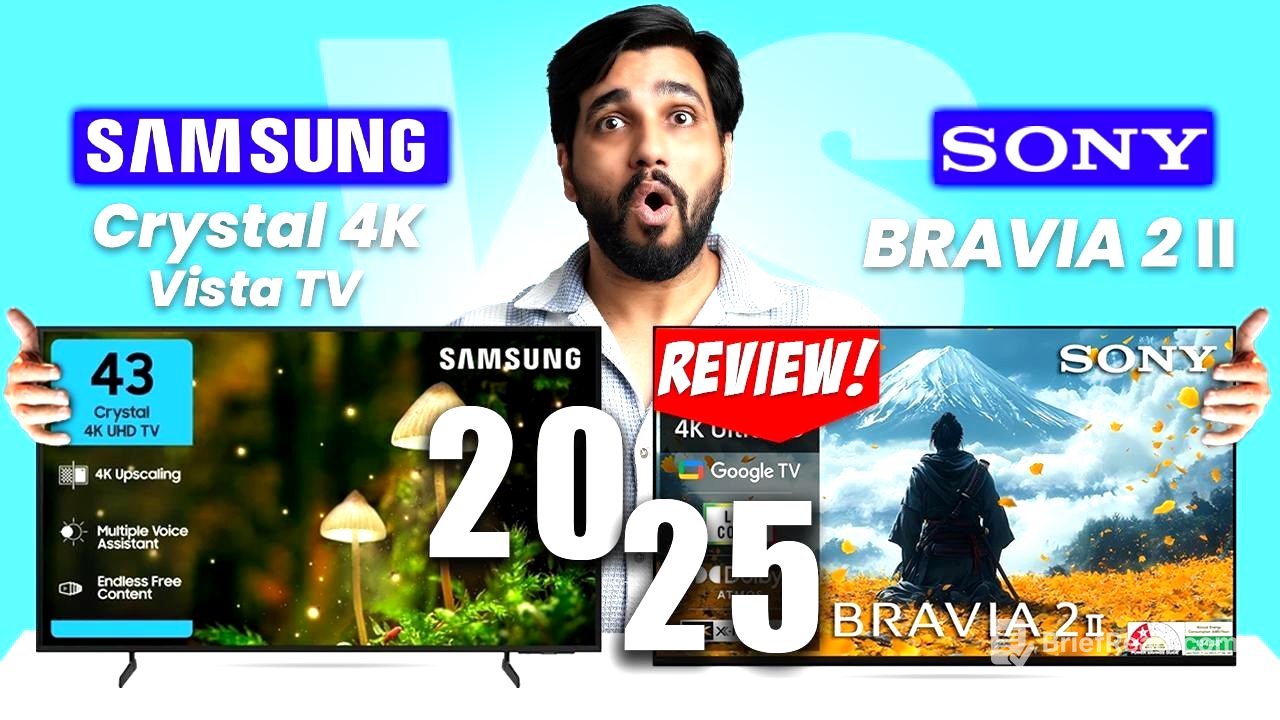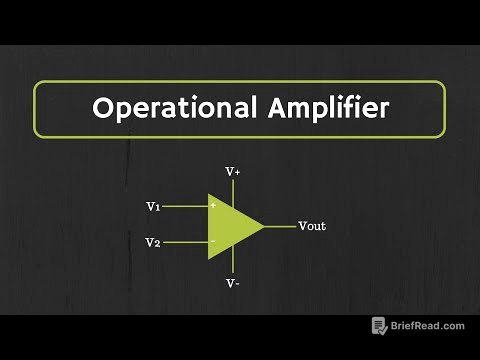TLDR;
This video provides a side-by-side comparison of the Sony Bravia 2 Mark 2 and the Samsung Crystal Vista 2025 model TVs to help viewers decide which one to purchase. It covers design, picture quality, sound, operating system, gaming capabilities, remote controls, and pricing. The Sony TV is presented as the premium option with better picture and sound quality, while the Samsung TV is a more budget-friendly choice that still offers good performance.
- Sony Bravia 2 Mark 2 is a premium option with better picture and sound quality.
- Samsung Crystal Vista 2025 is a budget-friendly choice with good performance.
- The comparison covers design, picture quality, sound, operating system, gaming capabilities, remote controls, and pricing.
Design Comparison [0:34]
The Sony TV has a premium design with minimal bezels and a metallic frame, while the Samsung TV has more noticeable bezels and a plastic frame. Both TVs have plastic stands, and neither includes a stand or wall mount in the box, but both offer free installation with a choice of table top or wall mount setup. The back of the Samsung TV has a smoother, curved design, while the Sony TV has a square shape with gaps for heat dissipation.
Connectivity and Features [1:54]
The Sony TV has two USB ports, while the Samsung TV has one. The Sony TV includes Apple AirPlay 2 and built-in Alexa, while the Samsung TV has Alexa and Bixby but lacks Apple AirPlay.
Picture Quality Analysis [2:16]
Both TVs offer good picture quality with HDR content in Full HD. The Sony TV has live colors, a 4K X1 processor, and Motion Flow XR 100 (with a more expensive model offering XR 200). While both provide good picture quality, the Sony TV is considered slightly better, especially when viewed side by side. Neither TV supports Dolby Vision, but both support HDR 10 and HLG.
Sound Quality Evaluation [3:29]
Both TVs have 20W sound output. The Sony TV features X-balance speakers and Dolby Atmos, providing better sound quality overall. The Samsung TV's sound quality is considered poor in normal mode but improves with amplification or other sound modes. The Sony TV's sound is preferred for its detail and smoother experience. Samsung offers QSymphony for combining the TV's speakers with external speakers for a 360° sound experience.
Operating System Comparison [4:31]
The Sony TV uses Google TV, while the Samsung TV uses Tizen. Tizen is simpler and smoother, with the Samsung TV Plus app offering various channels. Google TV is a bit heavier but runs smoothly on the Sony TV. The Sony TV has 16GB internal memory (7.5GB usable), while the Samsung TV has 8GB (2-2.5GB usable). Google TV offers more apps, but Tizen is more simplified with better content recommendation. AI updates, such as Gemini, are not yet available on either TV, though Sony may receive them in the future.
Gaming Capabilities [5:58]
The Samsung TV has Auto Low Latency Mode and a smooth game optimizer mode. The Sony TV has a game menu with options like SDR gaming and optimizer mode, with better integration with PS5 due to being a Sony product. Both TVs run games smoothly and have a 60 Hz refresh rate.
Remote Controls [6:39]
The remotes are similar, but the Samsung TV remote is preferred for being lighter and more advanced-looking. Both remotes have hotkeys and voice assistant features.
Pricing and Recommendation [7:02]
The Sony TV is priced around ₹37,000 (potentially ₹33,000 with bank discounts), while the Samsung TV is around ₹31,000 (potentially ₹22,000-₹24,000 with discounts). If budget is not a concern, the Sony Bravia 2 Mark 2 is recommended for its premium quality and features like Dolby Atmos. If looking for a good TV on a tighter budget, the Samsung TV is a good choice. Links to purchase the TVs on Amazon and Flipkart are provided in the description.









